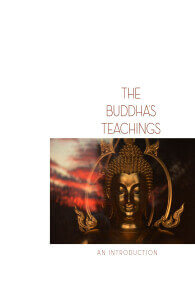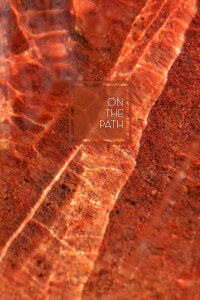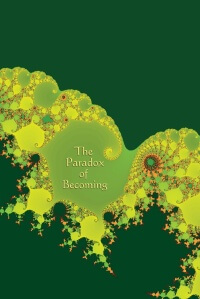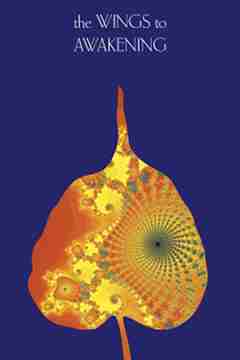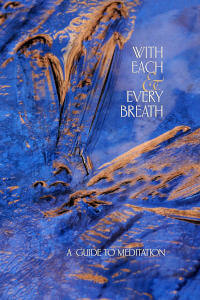希修
26 February ·
Shared with Members of 초기불교 공부
.
"그는 나를 욕했고 때렸다. 그는 나를 이겼고, 내 것을 앗아갔다. 이렇게 생각하는 사람은 미움으로부터 길이 벗어날 수 없다.
그는 나를 욕했고 때렸다. 그는 나를 이겼고, 내 것을 앗아갔다. 이렇게 생각하지 않는 사람은 미움으로부터 벗어난다.
원한은 원한으로 정복되지 않으니, 적의는 오직 적의를 품지 않음으로써만 해소된다. 이것이 영원한 진리이다."
-- 법구경
.
비판이든 소송이든 사회적으로 필요한 일은 그 일대로 하되, 마음 속으로는 개인적인 미움을 품지 않으면 될 것 같습니다.
. See less
Comments
崔明淑
완전 동감! 어렵지만 그게 수행이겠지요.
· Reply · 13 w
希修
네. 모든 인간이 아라한이 되면 물론 좋겠지만, 그렇지 않은 현실에선 정확한 비판도 사회에 꼭 필요하죠. 그게 자비이고요. 사적인 원한만 품지 않으면 될 듯.
· Reply · 13 w · Edited
Sungsoo Hong
希修 오늘도 일하다가 사자후!!! 사적 원한 만땅!!!
· Reply · 13 w
Write a reply…
이명훈
좋은 말씀입니다! 어떻게 해야 그 마음으로부터 벗어날 수 있을지가 관건일 것 같습니다.
· Reply · 13 w
希修
이명훈'이 일이 나의 과거 업의 결과라면 나는 저 사람을 통해 내 빚을 갚는 것일 뿐이고, 그게 아니라 저 사람 스스로 완전히 새로운 악업을 짓는 것이거나 혹은 내가 지불해야 하는 댓가보다 심하게 저 사람이 나를 대우하는 것이라면 그건 또 저 사람이 언젠가 갚아야 할 빚이 되니 저 사람의 문제'라는 생각을, 미움이 올라올 때마다 반복하려고 합니다. 그래도 화가 누그러지지 않을 때는 '나는 지금 저 사람을 핑계로 내 악업을 짓고 있다'는 사실만이라도 인지하려고 하구요. 감정 제어는 잘 안 되니 일단 생각만이라도.. ^^;
타니사로 스님은 '나의 이 미움/화가 누구에게 어떤 도움이 되는가?'라고 계속 자문하라고 하시더군요. 이 이상의 뾰족한 요령 같은 건 존재하지 않는 듯 합니다. 자신의 감정/생각을 직시하는 외에 절을 한다거나 경을 암송한다거나 하는 방법이 일시적인 완화는 되지만, 이런 게 습관이 되면 또 '회피'로 작용할 가능성도 없지 않구요.
· Reply · 13 w · Edited
이명훈
希修 맞는 말씀입니다. 연기론을 믿는다면 지금 내게 벌어지는 일은 다 내가 빚은 업이겠지요. 아는데 참 쉽지는 않습니다.^^;;
· Reply · 13 w
希修
이명훈 실은.. 그래서 12연기의 관점에서 자신의 심리작용을 분석!해야 하는 것인데 (초기경전에서 부처님은 이 분석의 중요성을 여러 차례에 걸쳐 언급하고 계십니다), 12연기가 워낙에 복잡한 시스템이라서.. 그 12 요소간에 겹치는 부분이 많거든요. 한 번에 한 단계씩 순차적으로만 인과가 진행되는 것이 아니라 여러 지점에서 피드백이 마구 왔다 갔다 하는 것이죠. 저도 정확히는 이해 못 하고, '정확히 이해하고 나면 엄청 도움될 것 같다'라고 짐작만 되는 수준입니다, ㅎㅎ.
제 생각엔 타니사로 스님의 책 중에서 가장 중요한 것이 아마도
---
"The Shape of Suffering" (12연기에 대한)과
Introduction “Only stress, and the cessation of stress.”
Chapter One “A tangled skein”
Chapter Two “Abandon food, having relied on food”
Chapter Three “All phenomena are unworthy of attachment”
Ignorance
Fabrications
Consciousness
Name
Form
Sense Media, Contact, Feeling
Craving
Clinging
Becoming
Birth
Aging-and-Death
Glossary
----
"The Paradox of Becoming" (무아, 윤회, 수행-해탈 과정에 대한
Introduction
Chapter 1: Two Stories
Chapter 2: Two Analogies
Chapter 3: Three Levels
Chapter 4: Four Clingings
Chapter 5: Two Incorrect Paths, One Incomplete
Chapter 6: One Way Out
Chapter 7: No Location, No Limitation
----
이 아닐까 싶습니다.
· Reply · 13 w · Edited
이명훈
希修 12연기에 대해서는 언제 제대로 공부해보고 싶습니다.
· Reply · 13 w
崔明淑
希修 언제 공부할지 기대됩니다!
-----------------

